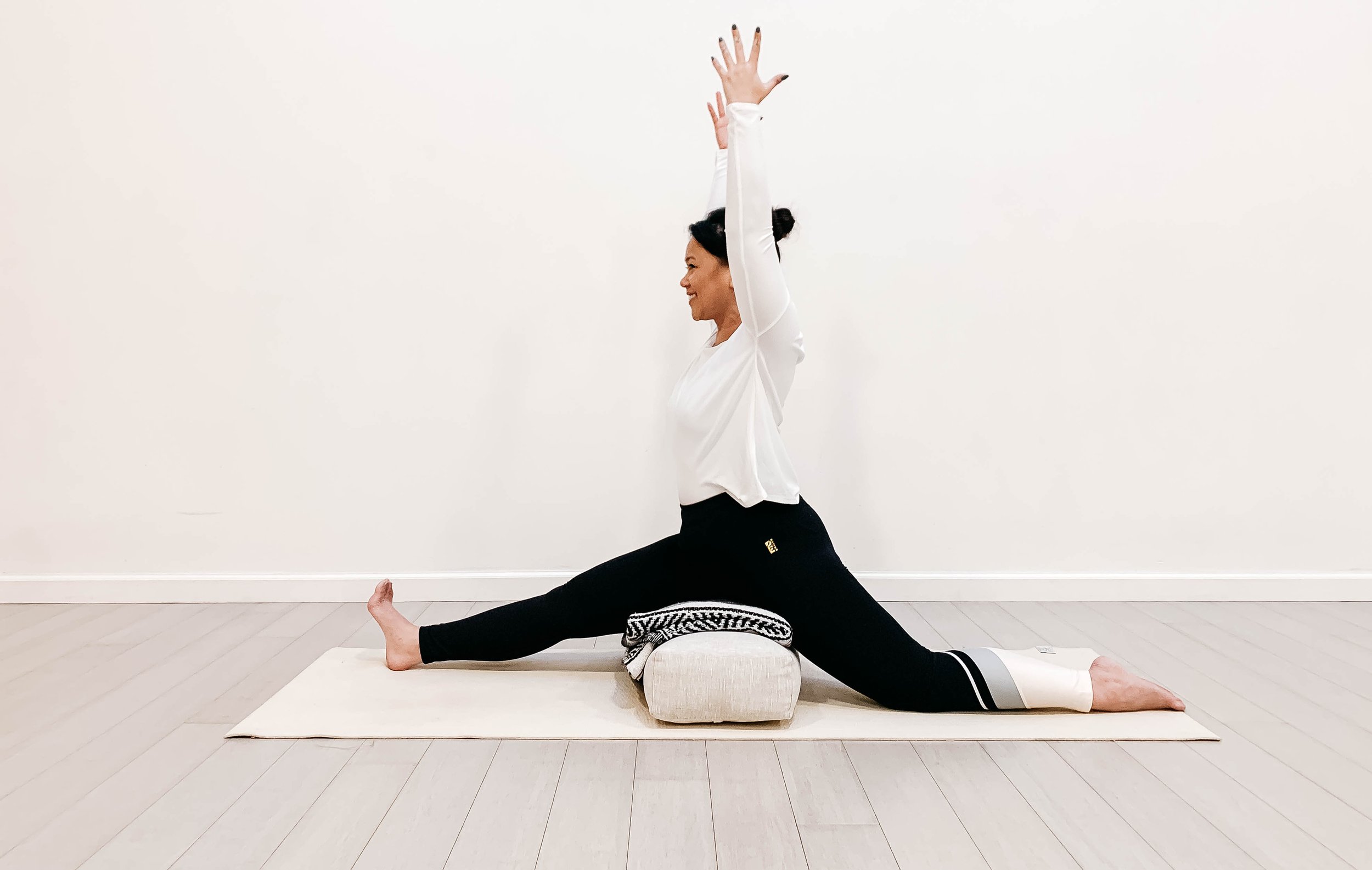In honor of Women’s Month, we asked our amazing Yogini Teachers to share about the women that most inspired them!
Leslie Howard teaches Hatha Yoga Tuesdays 9AM:
My vote is with Alexandria Ocasio-Cortez/AOC. Her poise and ability to respond to constant hatred and threats is inspiring. She is a true yogi. When she was called a f....ing bitch by a Republican congressman, her reply: "This issue is not about one incident. It is cultural. It is a culture of lack of impunity, of accepting of violence and violent language against women and an entire structure of power that supports that," she said. She refutes Yoho’s veiled claim that because he has a wife and two daughters that he could not be sexist. She says, “I believe that having a daughter does not make a man decent. Having a wife does not make a decent man. Treating people with dignity and respect makes a decent man. And when a decent man messes up, as we’re all bound to do, he tries his best and does apologize.”
About a woman's right to choose: “Ultimately, this is about women’s power. When women are in control of their sexuality, it threatens a core element underpinning right-wing ideology: patriarchy. It’s a brutal form of oppression to seize control of the 1 essential thing a person should command: their own body.”
Margi Young teaches Yoga & Meditation Monday & Wednesdays at 10AM, and Hatha Flow Fridays 12PM:
At first some of the greats popped into my mind such as Michelle Obama, Audre Lorde, RBG, Melinda Gates & Kamala Harris. But who really inspires me EVERY DAY is my mom. She is 85 years old and may as well be a rock star! She plays tennis, fights for social justice by working for The SF Achievers (an organization that supports black men through college scholarships, leadership training and mentoring), she knows every art exhibit happening, and is on an eternal quest for knowledge. Thanks mom for sharing your endless gifts and continuing to take care of me!
Reba Gray teaches Vinyasa Flow Sunday 4:30PM & Friday 5PM, and Flow & Restore Mondays 12PM:
I am inspired by my cousin Dawn, who has always felt like a sister to me. I am amazed by her artistic mind- she can make just about anything. She also is skilled in caring for animals and has a ton of compassion for all living beings.
Lynn Ursic teaches Hatha Yoga Wednesday 5PM & Thursday 9AM:
Lucky me to have my aunt, Vaunda Carter. Born of immigrants-graduated Mills College in 1960 with a degree in modern dance, then toured the world with several major companies.
In the mid 60’s she founded the Portland State University modern dance department- “I became a master teacher because I saw so much potential in bodies”. She also wrote and hosted a tv show for nine years to give women at home an opportunity to connect with physical expression and health.
A few of my favorite quotes from Aunt Vaunda:
“Start fresh at any moment- what is beautiful about you right now?”
“The body is the conduit between the inner realm of Intentions, ideas, emotions and identity - and the outer realm of expression. We shift back and forth between the inner/outer sense of body.”
“The practice comes alive as you learn to step out of your thoughts and connect with your body’s experience.”
Sarah Moody teaches Restorative Yoga Thursday 7:15PM:
I’m most inspired by my grandmother. She is 94 and does Pilates and crossword puzzles every day. I'm crossing my fingers I get her genes!
Brynn McNally teaches Gentle Flow Monday 8:45AM and Flow & Restore Tuesday 7:15PM
“The more clearly we can focus our attention on the wonders and realities of the universe about us, the less taste we shall have for the destruction of our race”, said Rachel Carson. I'm inspired by Rachel’s discipline and courage in speaking truth to power through her environmental writing. She managed to complete Silent Spring while caring for her mother and two nieces, through a personal battle with cancer, and against the backdrop of harsh criticism and 1960s patriarchy. Whenever I'm feeling small or incapable, I think about her tenacity. Her scientific lyricism reminds us to dwell in our admiration of the natural world, and to remember how the Earth's health is vital to our own.












